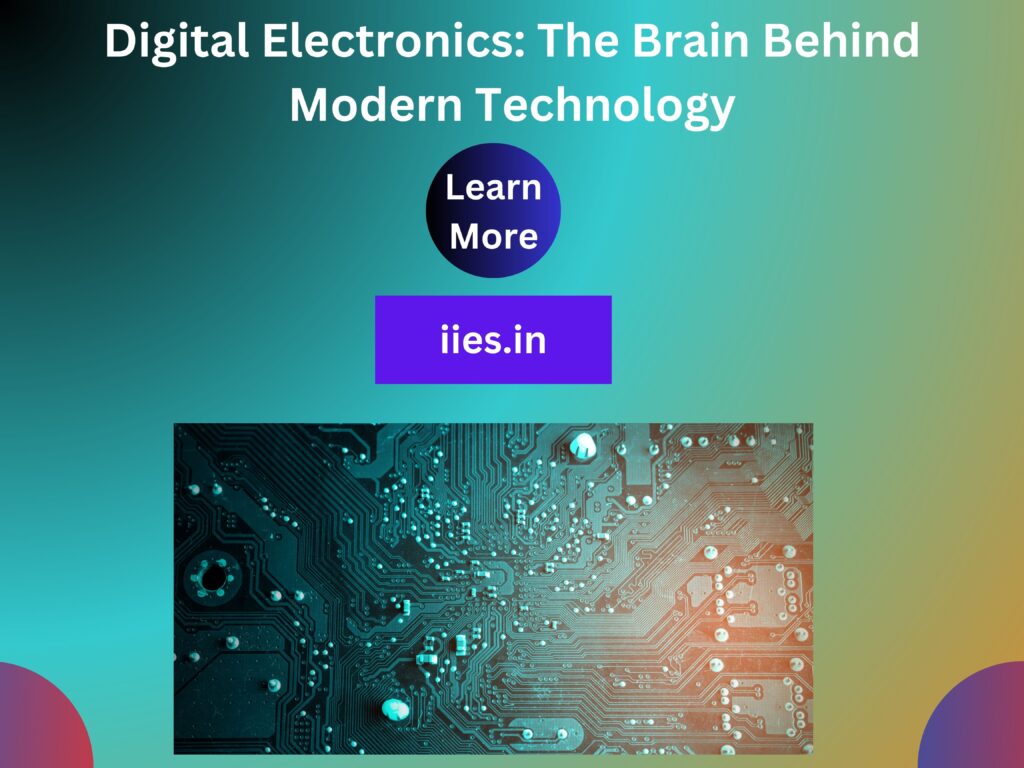
Welcome to our digital electronics hub — your go-to destination for understanding the technology that powers modern life. From smartphones and smart homes to autonomous vehicles and advanced healthcare systems, digital electronics form the backbone of nearly every innovation in the digital age. This website is designed to help students, hobbyists, and professionals explore the principles, components, and applications of digital electronics in a clear and practical way.
We cover everything from the basics of binary systems and logic gates to advanced topics like microcontrollers, signal processing, and embedded systems. You’ll also find insights into how these technologies are applied across various industries such as consumer electronics, telecommunications, automotive, and industrial automation. Whether you’re learning for the first time or deepening your knowledge, our interactive content, tutorials, and real-world examples will help you grasp the core concepts and stay updated with the latest trends.
What is Digital Electronics?
Digital electronics refers to a segment of electronics that involves devices operating with digital signals to carry out tasks. While analog electronics deal with continuous signals, digital electronics focus on discrete values, which are generally represented in binary form using 0s and 1s.
A bit, which is either a 0 or a 1, serves as the fundamental unit in this system. Combinations of these bits generate instructions, data, or control signals that can be understood by digital circuits.
Key Components of Digital Electronics
Why Digital Electronics Matter
Applications of Digital Electronics
The Future of Digital Electronics
With the advent of artificial intelligence, quantum computing, and the Internet of Things (IoT), we can expect ongoing evolution in digital electronics. Breakthroughs in neuromorphic chips, flexible electronics, and nano-sized transistors are redefining the frontiers of innovation.
To summarize, Digital electronics is not solely a subject for engineers; it is the hidden powerhouse that fuels the digital age. Whether you are accessing your email, utilizing GPS for directions, or engaging with a voice assistant, you are experiencing the benefits of years of development in this captivating area.
Indian Institute of Embedded Systems – IIES